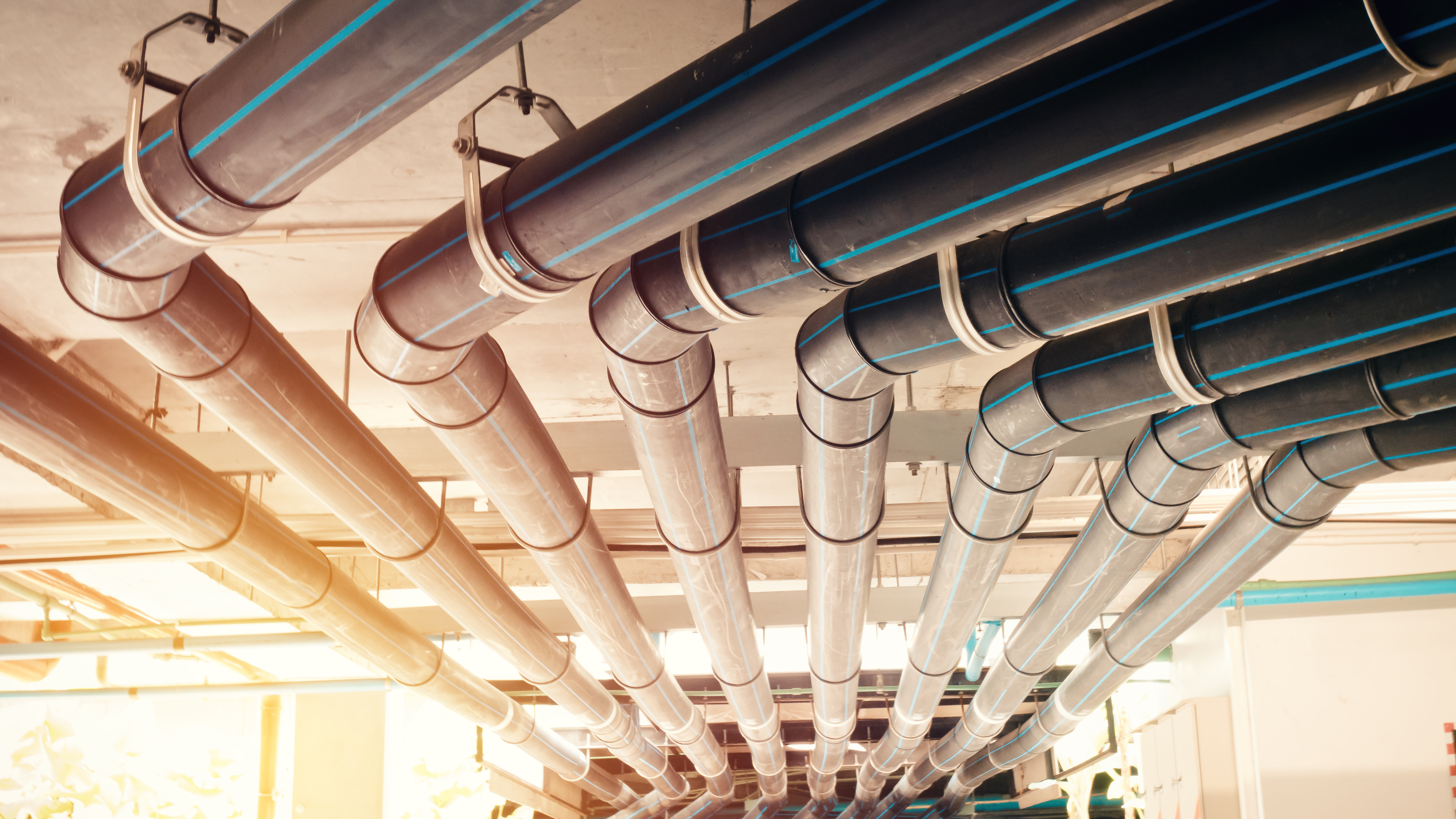Introduction
This comprehensive guide helps homeowners understand and implement effective water management systems. From basic components like water meters and storage tanks to advanced solutions like rainwater harvesting and greywater recycling, learn how to optimize your home's water usage. The guide covers essential aspects including leak detection, smart monitoring systems, water pressure management, and practical conservation tips.
Discover cost-effective solutions that combine environmental responsibility with reduced utility bills. Perfect for both new homeowners and those looking to upgrade their existing water systems, this resource provides actionable insights for implementing sustainable water management practices. Whether you're interested in smart water monitoring, rainwater collection, or general water conservation, this guide offers practical solutions for modern homes.
Building your dream home can be one of life's most challenging experiences, especially when working with a strict budget. However, with careful planning and creativity, you can create a beautiful, functional home without breaking the bank. Whether you're building from scratch or renovating an existing space, there are numerous cost-effective methods to help you save money without compromising on style or quality. Let's explore these affordable solutions.
Why Should You Care About Water Management?

We've all heard it before: water is life. But water also means costs, and most of us have experienced the shock of an unexpectedly high water bill. But its not just the wallet it impacts - there's the important responsibility of saving the planet for future generations—the kids, the grandkids, and that goldfish in your aquarium that you keep forgetting to feed.
Efficient water management is the unacknowledged hero of environmental living, guaranteeing that every drop saved serves a purpose. And then there is the pride of being able to claim that the paneer masala is cooked with rain-harvested water.
The Basics: How does Water Get to Your Home

Before we talk about the big stuff of water let us take a look at where the water in our homes comes from.
• Municipal Water Supply:
Treated tap water delivered directly to your home, complete with appropriate chlorination and fluoride
• Well Water:
A natural groundwater source that requires proper maintenance and testing
• Rainwater Harvesting:
A sustainable option that requires initial setup but provides free water
Regardless of source, water's journey to your home involves a complex network of pipes, pumps, and pressure systems. Think of it as your home's circulatory system—and you’re your body, it needs regular maintenance and care.
Components of a Home Water Management System

Now let us get a bit technical—we promise not to make it boring. A well-functioning water management system has a few components that keep doing their part perfectly for a smooth flow:
1. Water Meters:
These little gadgets keep track of how much water you’re using. They’re like the fitness trackers for your house, telling you if you’re a marathon runner (high usage) or a casual stroller (low usage).
2. Storage Tanks:
These are like your water’s fixed deposit—reserve containers that store water for periods of high demand.
3. Rainwater Harvesting System:
This involves gutters, a filtration system, and storage tanks. It’s like making the most of even the rainy day.
4. Water Filters:
These are the unsung heroes of clean water—essential components that ensure water quality and safety.
5. Greywater Recycling:
Don’t let the name deceive you—greywater isn’t sad or gloomy. It’s just that the water has been lightly used (shower or sink water). This can be recycled for tasks like watering plants or flushing toilets. Reduce, reuse, recycle.
Pro Tips for Better Water Management

1. Fix those leaks!
A leaky faucet can waste up to 3,000 gallons annually. Regular maintenance prevents unnecessary waste and expensive bills.
2. Install low-flow fixtures
Low-flow showerheads and faucets are like diet plans for your water usage. You’ll still get clean, but without the guilt of wasting gallons. Plus, they’re super easy to install—no engineering degree required.
3. Go smart
Smart water meters and irrigation systems let you monitor, and control water use through mobile apps. Fancy and functional, these systems can alert you to unusual usage patterns and potential issues.
4. Embrace rainwater
Rainwater harvesting systems can provide water for gardening, vehicle washing, and other household uses. It's an effective way to reduce municipal water consumption. Plus, there’s something deeply satisfying about telling people you washed your car with rain water.
5. Use greywater wisely
Recycling—properly filtering—greywater can save you a fortune when you do it right. Invest in a proper filtration system, and you’ll be the eco-hero of your block.
Troubleshooting Your Water Management System
The "High Bill" Investigation
If you notice unexpectedly high water bills, check for:
• Hidden leaks
• Continuously running toilets
• Excessive irrigation settings that may waste water—like sprinklers running longer than necessary or sprinkler heads watering pavements or walls instead of plants.
Water Pressure Issues
If your shower trickles and your taps dribble, it might be time to check for blockages, leaks, or pressure regulator problems. Consider calling in a plumber for stubborn issues.
In conclusion
Water management at home isn’t just about saving money—though that’s a super bonus. It’s about sustainability, responsibility, and the pride of having done the right thing. Whether you’re a conservation crusader or just tired of sky-high bills, implementing a water management system is a win for you and the planet.
Remember: effective water management is an ongoing process. Start with simple changes and gradually implement more comprehensive solutions as you become comfortable with the basics.
Related articles
Sign up for the newsletter
If you want relevant updates occasionally, sign up for the private newsletter. Your email is never shared.

















